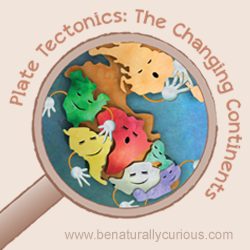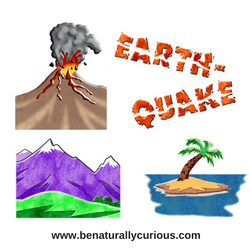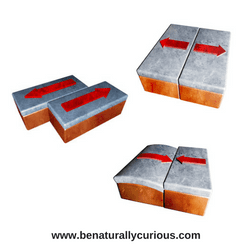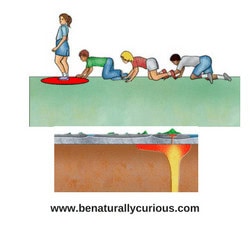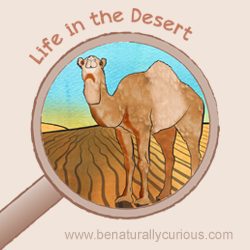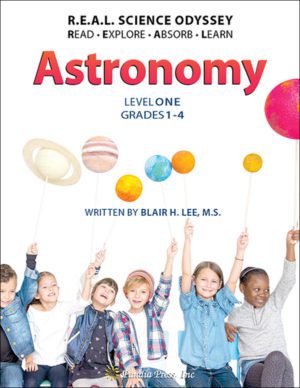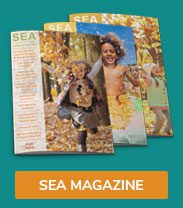Description
Plate Tectonics: The Changing Continents
Have you ever wondered how the continents got their shape? Or what causes earthquakes and volcanic eruptions? Plate Tectonics: The Changing Continents from Be Naturally Curious is a colorful, interactive, and in-depth introduction to the geological sciences. Get to know the moving puzzle pieces that shape the continents and oceans, and learn the different ways these plates can interact with one another.
From crafting your own tectonic plate-puzzle, to matching different types of plate movement with geologic events such as volcanoes and island formation, this mini-course will give you the foundation you need to understand the moving world under your feet!
Mini-course is provided as a 36-page PDF including a Science Tool Kit PDF to collect your badges
Plate Tectonics: The Changing Continents Course Contents
Story: Continents on the Move. Read along with the story of Continent Beehive to understand how once-neighboring continents became separated over millions of years.
Activity 1: Plates Puzzle. Construct your very own crust of the Earth by matching all of the included plate puzzle pieces. Can you find your hometown on the map?
Activity 2: Plates Boundaries Game. Connect different types of plate movement with earthquakes, volcanoes, and mountain ranges. Who will make the most matches to win?
Activity 3: Hot Spots! Get moving with some friends to understand how the Hawaiian Islands were formed. Act out some plate boundaries, while you are at it!
Activity 4: Plate Movement in Your Area. Have any active, dormant, or extinct volcanoes near where you live? Use this research journal to learn about your local geology, or investigate another area you are curious about.
Curiosity Connector. Visualize plate movement and learn more about volcanoes and island formation with these links.
Tools for Your Tool Kit. See if you can answer all the questions about plate boundaries and movement to earn Tools for your Science Tool Kit.
Glossary. Learn the scientific terms for describing Earth’s tectonic plates and how they move.
Materials Needed: Crayons or colored pencils, pen or pencil, scissors, clear tape, poster board or butcher paper, red magic marker, large piece of newsprint, blanket or sheet, red construction paper or piece of red clothing, masking tape (optional)

